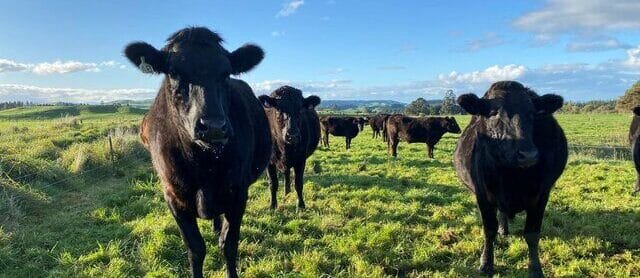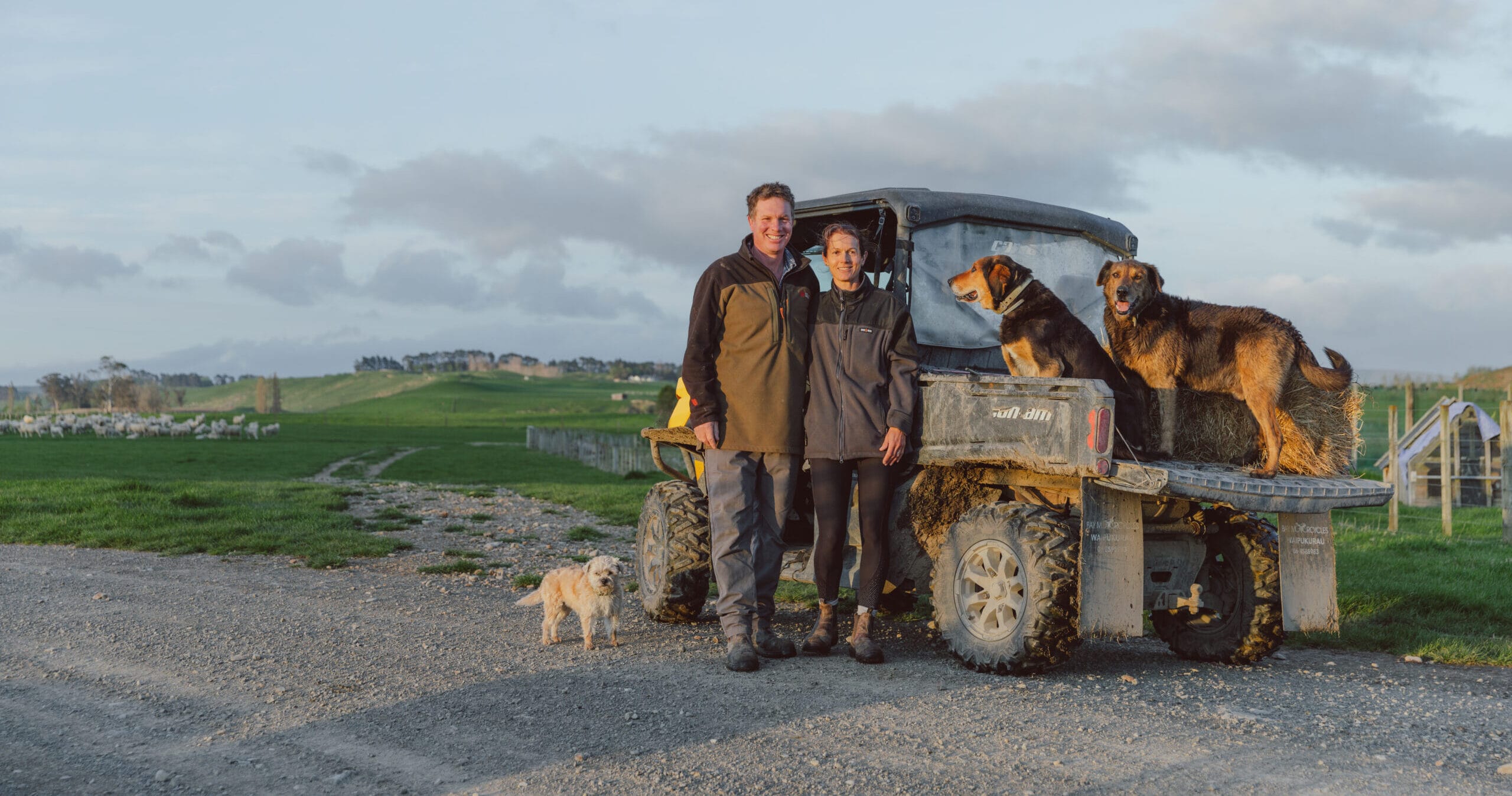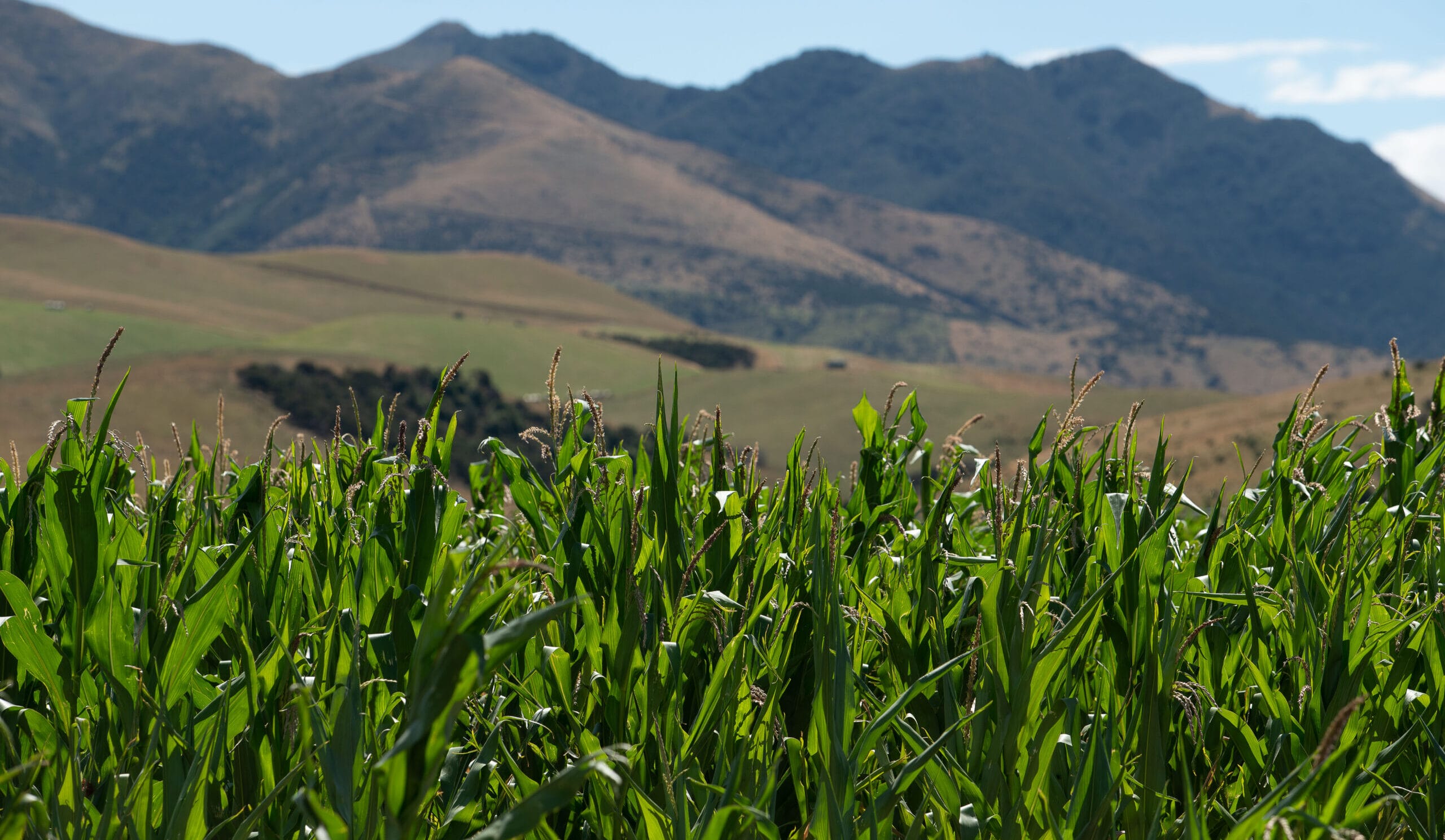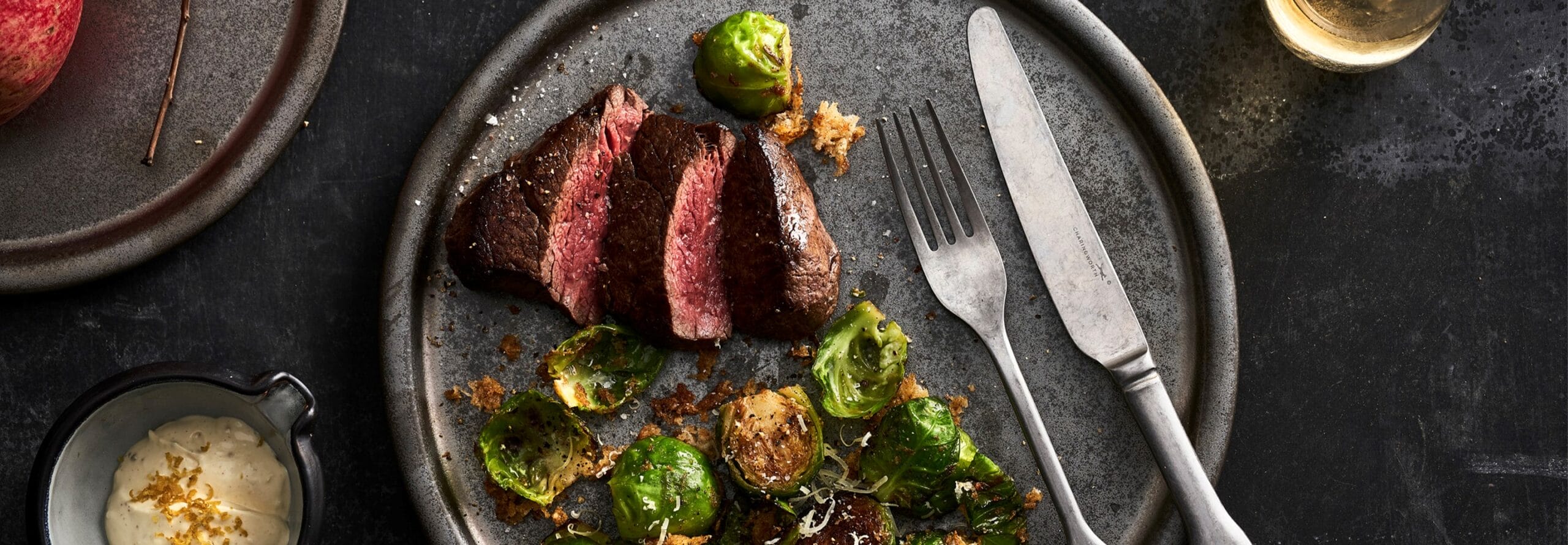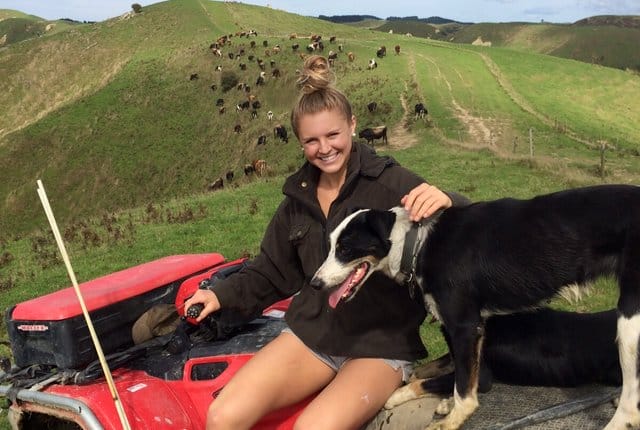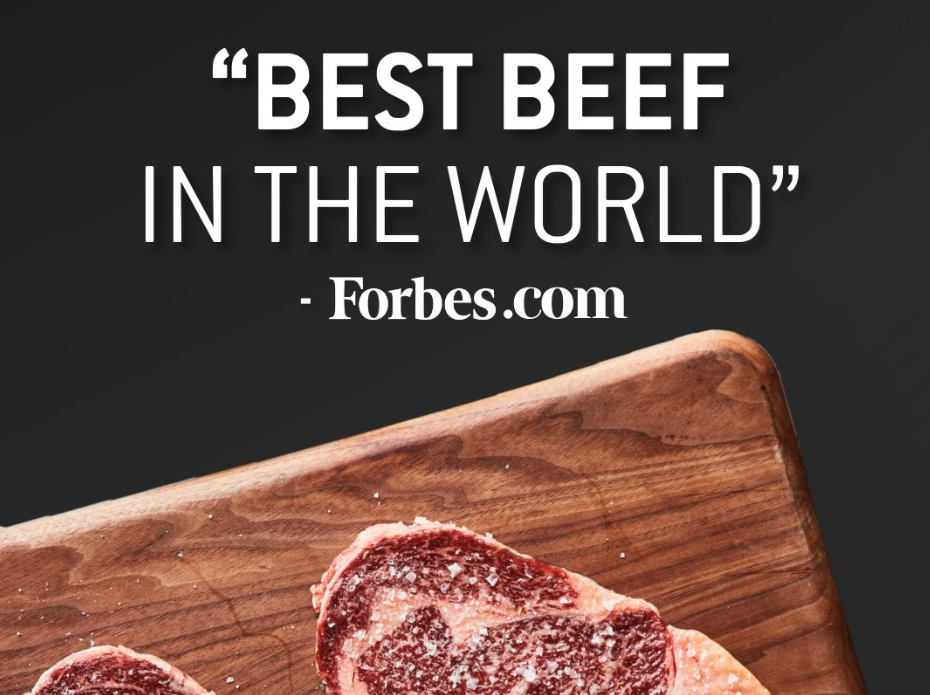Keeping Dogs Hydrated
By Dr. Mark Roberts, PhD
Water consumption is evidently vital for a dog’s survival1. Indeed, water serves a number of critical roles, including the removal of metabolic waste products. The hydration status of a dog is also constantly fluctuating, from being hydrated, to being slightly dehydrated due to water loss. This occurs due to normal processes such as urination and respiration2. Therefore, the two possibilities to help a dog remain hydrated, can be simplified to water consumption and manipulating factors associated with its loss.
Although many factors can impact on the hydration status of a dog, including the age of the animal3, and body composition, providing clean drinking water is a good start. However, if a dog lacks the drive to drink sufficient water, (as sometimes is the case in colder temperatures), other strategies can be implemented. One example is adding a freeze dried diet (such as FirstLight Dog Food), with a strong Umami, or savory taste (such as beef) to water. This approach has been proven robustly to increase the fluid uptake of a dog. This can be further enhanced by using warm water in addition to a diet, which will intensify the meaty smell of the water, increasing consumption. Another approach to help a dog increase the volume of water it drinks, is to feed raw meat. As raw meat (depending where sourced from the animal) contains approximately 65 -75% water, it serves as a natural carrier, helping with hydration. For example, if a dog was fed 400 grams of meat, the animal could potentially benefit from consuming 300 mL of water. Applying these strategies, will undoubtedly make a positive impact on how much water a dog drinks.
Turning attention to factors which impact on water loss involving dogs, panting has a major role to play. We all understand that dogs pant to cool down, unfortunately with this process comes the loss of water, which is undesirable when we want to keep a dog hydrated. To decrease panting, macronutrient selection play a critical role. Dogs that consume a high carbohydrate diet produce more of a waste product called carbon dioxide (CO2) than oxygen consumed, compared to dogs fed a high fat diet. In essence, CO2 is a byproduct of respiration, and must be removed. Dogs achieve this via their breath, therefore higher levels of CO2, (from a high carbohydrate diet) require greater rates of breathing, than that of a high fat diet. As moisture is a component of breathing, dogs on a high carbohydrate diet, expel a greater amount of water than dogs which consume a high fat diet4. This can have consequences on heat production, and the ability to breathe through the nose without panting, in turn having a profound impact on hydration status.
Putting this all together, in order to both hydrate a dog, and also reduce the rate at which it dehydrates, a diet must be soaked it warm water. In addition, a high fat, low carbohydrate diet is recommended to be fed, reducing panting, heat production and fluid loss. One diet which
meets all these needs is FristLight Dog Food, a great choice to keep your furry friend optimally hydrated.
References
1. Jéquier, E., & Constant, F. (2010). Water as an essential nutrient: the physiological basis of hydration. European journal of clinical nutrition, 64(2), 115-123.
2. Zanghi, B. (2017). Water needs and hydration for cats and dogs. Proceedings, Nestlé Purina Companion Animal Nutrition Summit. Vancouver, BC, 15-23.
3. Taylor, E. J., Adams, C., & Neville, R. (1995). Some nutritional aspects of ageing in dogs and cats. Proceedings of the Nutrition Society, 54(3), 645-656.
4. Hill, S. R., Rutherfurd-Markwick, K. J., Ravindran, G., Ugarte, C. E., & Thomas, D. G. (2009). The effects of the proportions of dietary macronutrients on the digestibility, post-prandial endocrine responses, and large intestinal fermentation of carbohydrate in working dogs. New Zealand Veterinary Journal, 57(6), 313-318.


